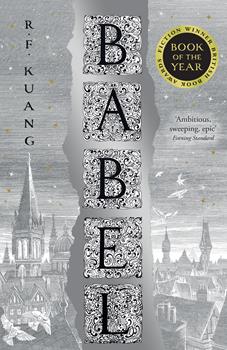Description
Set towards the end of the reign of Henry II of France, The Princesse de Cleves (1678) tells of the unspoken, unrequited love between the fair, noble Mme de Cleves, who is married to a loyal and faithful man, and the Duc de Nemours, a handsome man most female courtiers find irresistible. Warned by her mother against admitting her passion, Mme de Cleves hides her feelings from her fellow courtiers, until she finally confesses to her husband - an act that brings tragic consequences for all. Described as France's first modern novel, The Princesse de Cleves is an exquisite and profound analysis of the human heart, and a moving depiction of the inseparability of love and anguish. For more than seventy years, Penguin has been the leading publisher of classic literature in the English-speaking world. With more than 1,700 titles, Penguin Classics represents a global bookshelf of the best works throughout history and across genres and disciplines. Readers trust the series to provide authoritative texts enhanced by introductions and notes by distinguished scholars and contemporary authors, as well as up-to-date translations by award-winning translators.
About the Author
Marie Madeleine Pioche de la Vergne, comtesse de la FayetteChristened Marie-Madeleine Pioche de La Vergne, she was born in Paris to a family of minor but wealthy nobility. At 16, de la Vergne became the maid of honor to Queen Anne of Austria and began also to acquire a literary education from Gilles Ménage, who gave her lessons in Italian and Latin. Ménage would lead her to join the fashionable salons of Madame de Rambouillet and Madeleine de Scudéry. Her father, Marc Pioche de la Vergne, had died a year before, and the same year her mother married Renaud de Sévigné, uncle of Madame de Sévigné, who would remain her lifelong intimate friend.In 1655, de la Vergne married François Motier, comte de La Fayette, a widowed nobleman some eighteen years her senior, with whom she would have two sons. She accompanied him to country estates in Auvergne and Bourbonnais although she made frequent trips back to Paris, where she began to mix with court society and formed her own successful salon. Some of her acquaintances included Henrietta of England, future Duchess of Orleans, who asked La Fayette to write her biography; Antoine Arnauld; and the leading French writers Segrais and Huet. Earlier on, during the Fronde, La Fayette had also befriended the Cardinal de Retz.Settling permanently in Paris in 1659, La Fayette published, anonymously, La Princesse de Montpensier in 1662. From 1665 onwards she formed a close relationship with François de La Rochefoucauld, author of Maximes, who introduced her to many literary luminaries of the time, including Racine and Boileau. 1669 saw the publication of the first volume of Zaïde, a Hispano-Moorish romance which was signed by Segrais but is almost certainly attributable to La Fayette. The second volume appeared in 1671. The title ran through reprints and translations mostly thanks to the preface Huet had offered.Marie de LaFayette'sLa Princesse de Clèves(1678)La Fayette's most famous novel was La Princesse de Clèves, first published anonymously in March 1678. An immense success, the work is often taken to be the first true French novel and a prototype of the early psychological novel.The death of La Rochefoucauld in 1680 and her husband in 1683 led La Fayette to lead a less active social life in her later years. Three works were published posthumously: La Comtesse de Tende (1718), Histoire d'Henriette d'Angleterre (1720), and Memoires de la Cour de France (1731).












